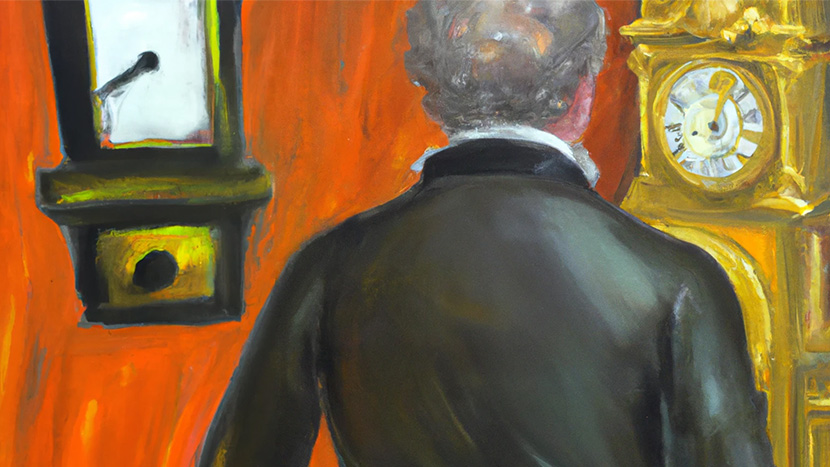The Quest for Perpetual Motion
Discoveries, inventions, and technology developed by applying the scientific method has led to the modern world we live in today. From major steps forward in hygiene and medical technology that have added decades to the average human lifespan, to breakthroughs in computing which have connected people around the globe, and even put a man on the moon.
One of the most pressing quarries in scientific research today is that of energy extraction and production. From the onset of the first industrial revolution, the use of stream power and fossil fuels has long been the dominant means by which we supply civilization with its abundant energy needs. Of course, all of that is in the process of changing right now, with new forms of sustainable energy capture, and the spread of electrical motors all contributing to a greener and cleaner world for all.
Yet there’s no escaping the laws of physics that state that energy cannot actually be created out of nothing – it can only be transferred or converted. Hence why we must still burn coal or capture sunlight in order to capture energy. But this hasn’t stopped some of our brightest minds throughout history from attempting to construct a so-called “perpetual motion device.”
Such a contraption would theoretically be able to generate infinite energy out of thin air through virtue of skimming off the energy generated by its ceaseless action. Below are some of the most intriguing examples of this noble, if not fruitless, pursuit from throughout history.
Blaise Pascal
We owe a lot to the Parisian inventor and philosopher Blaise Pascal, as he invented the first mechanical calculator – the direct ancestor of all modern computers. Though this is only the best known of his various projects and experiments.
During his inventing years he also attempted to create a low-friction spinning wheel that he hoped would achieve perpetual motion. While this was naturally doomed to failure, the wheel was soon adopted by the gaming parlours of Paris who adapted the table game of Biribi to incorporate it.
Interestingly, from this game roulette was born – one of the most popular casino games ever. Nowadays, people are typically more likely to play roulette online rather than visiting a brick-and-mortar establishment, but this doesn’t stop people from enjoying the ancestor of Pascal’s attempt at perpetual motion. Even though computer science and statistics have a lot more to do with it than physics, the idea lives on: the wheel has to stop turning eventually.
Arthur Beverley
Located in a museum in New Zealand is a clock that was last wound back in 1864 – what’s more, that was the only time it has ever been wound. How is this possible? The timekeeper in question was constructed by Scottish expatriate watchmaker Arthur Beverley, and its ingenious mechanism has caused many to point to it as a potential contender for a perpetual motion device.
However, all is not as it seems because this clock has a truly ingenious trick up its sleeve. There’s actually some sound reasoning around why this clock has only been manually wound up once in its entire lifetime, and that’s because it actually incorporates a ‘self-winding’ mechanism. Contained within the clock is a temperature sensitive diaphragm that utilizes ambient fluctuations in temperature throughout the day to keep the clock wound. SO unfortunately, it is still using energy (heat that is) to move, and can not be considered perpetual motion.
Final Thoughts
Perpetual motion is likely impossible, yet the attempts at making it work have helped us to create other incredible devices that we use every day and have led to a better understanding of physics overall.


































































































